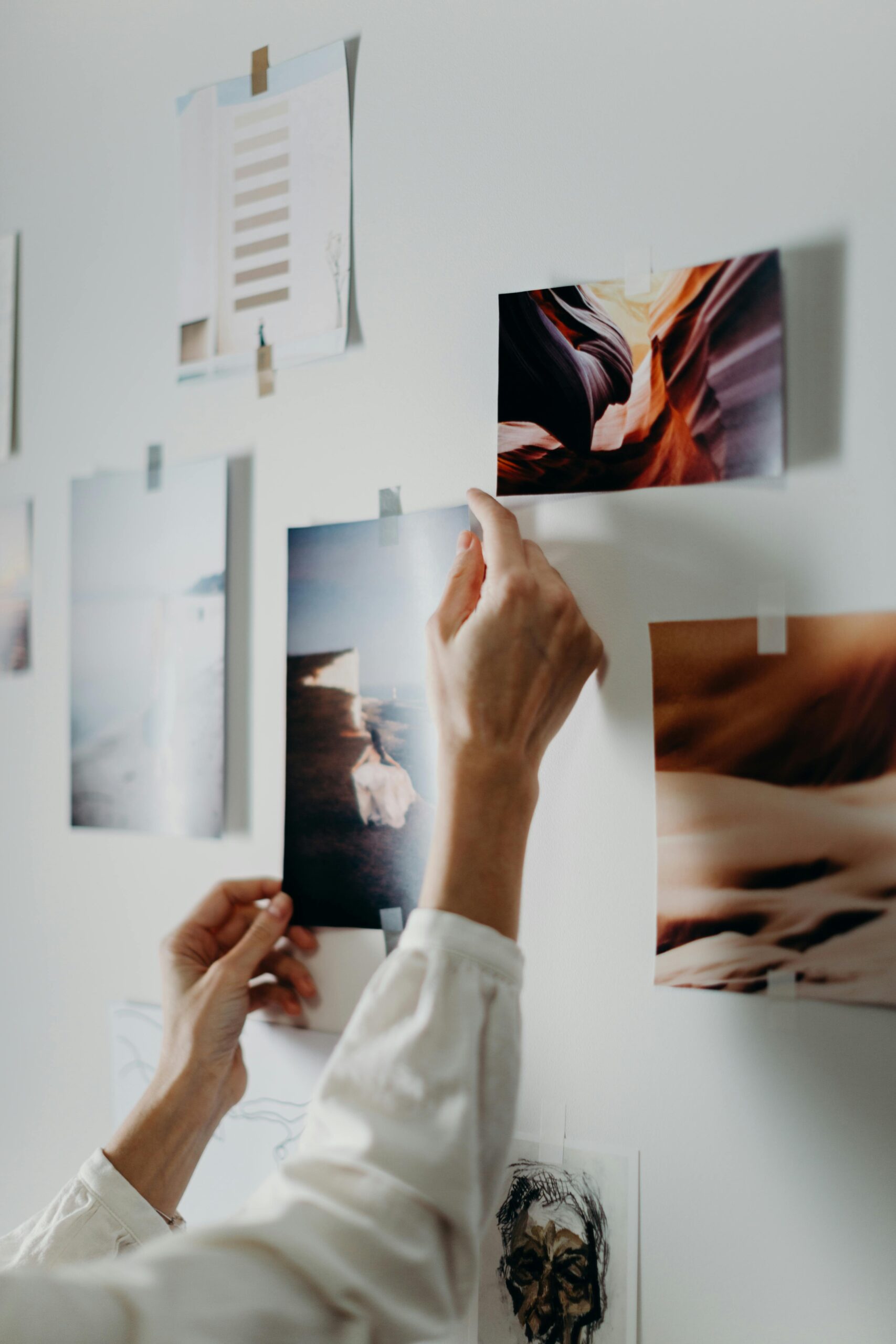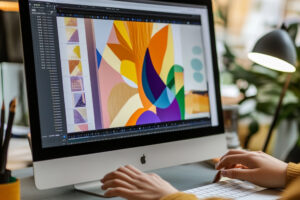
The Role of Photography in Graphic Design
Photography is a vital tool in graphic design, offering a powerful way to communicate messages and evoke emotions. When used effectively, it enhances the overall aesthetic, supports branding, and makes designs more engaging and impactful. Here’s how photography plays a key role in graphic design:
1. Visual Storytelling
Photography helps convey complex ideas quickly. Whether in advertising or marketing, images tell a story that complements the message and engages viewers.
2. Enhancing Aesthetics
Good photography improves the visual appeal of designs, adding texture, color, and balance to create a polished, professional look.
3. Evoking Emotions
Photos can evoke feelings such as excitement, curiosity, or empathy, making the design more memorable and impactful.
4. Supporting Branding
Consistent use of a photographic style reinforces a brand’s identity, helping create visual continuity and build recognition.
5. Guiding Focus
Images help direct attention to key elements in a design, such as headlines or products, guiding the viewer through the layout.
6. Creating Contrast
Photography creates contrast and emphasis, especially when paired with other elements like bold typography or shapes.
7. Providing Realism
Photos bring realism to designs, showing real-life contexts that help audiences connect with the message.
8. Supporting Composition
Photography is often integrated into layouts, serving as a central or complementary element to enhance the design’s structure.
Conclusion:
Photography enriches graphic design by enhancing storytelling, creating emotional connections, and supporting brand identity. Used thoughtfully, it elevates the effectiveness and visual appeal of any design project.


